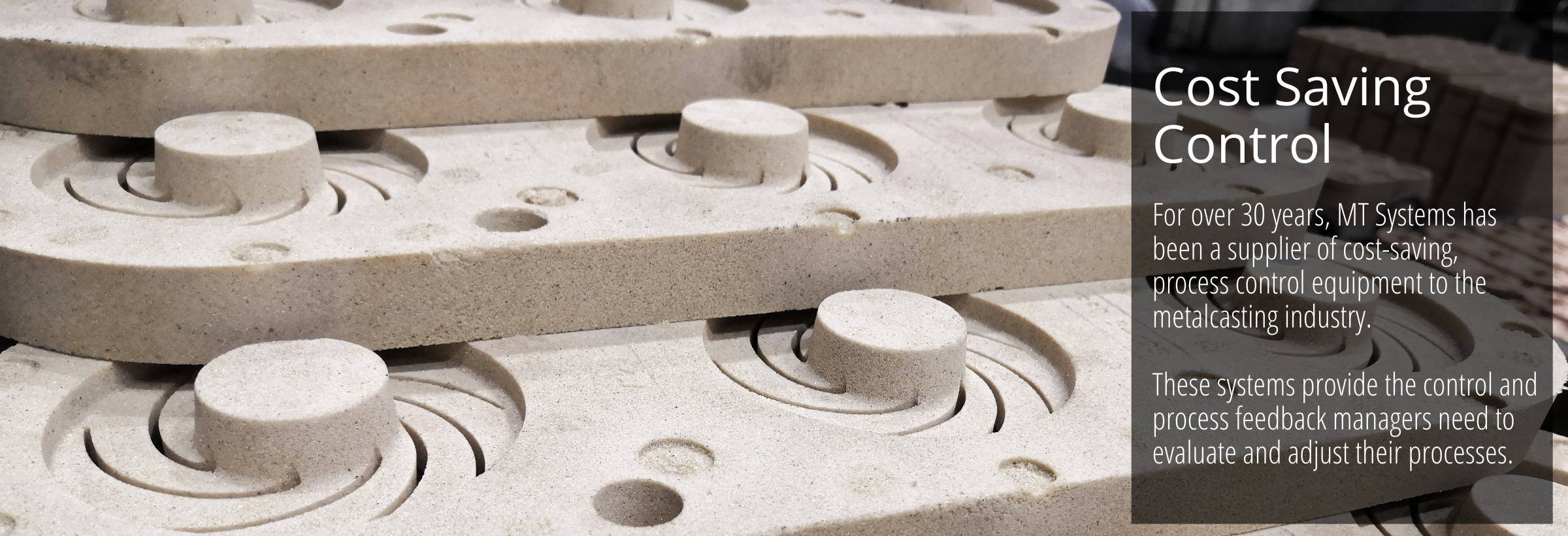


Download PDF of This Case Study
Introduction:
Keokuk Steel Castings has been in operation for thirty-eight years. This plant produces high integrity castings in carbon, stainless and high alloy steels. The Iowa facility can produce 85 tons of castings per day.
General Foundry Information
Product Line:
Casting Metal Type:
Melting Facilities:
Sand Facilities:
Cleaning Facilities:
Heat Treating:
Pattern Shop:
Project Objective:
The objective was to introduce the Keokuk Steel Casting Foundry to the concept of computerized mixer controls utilizing statistical process control concepts. The primary end results expected were consistency and repeatability of the final product and reduced operating costs.
Original Problems:
Solution:
Installation of the MT Systems’ REALTIME Computerized Binder Control System during July, 1992. Two mold line mixers were equipped with pump packages controlled by a centralized REALTIME System. The basis of the system was to provide repeatability and consistency over chemical additions to the sand mix while reducing overall binder usage.
To accomplish the above goals, each mixer was outfitted with the following hardware:
Their production flow is as follows:
When the job is located under the mixer, the operator initiates the cycle by pressing a start button. The operator has a variety of sand mixes available to produce the mixes identified on the product Spec sheet. The choices are as follows:
During the making of the mold, the computer is monitoring sand temperature and controlling the catalyst to assure consistent strip times.
The system provides management with daily consumption reports. The consumption report documents total sand and chemicals consumed, total mixer run time and average resin and catalyst percents. This information is stored for future retrieval in month-to-date and year-to-date formats.
If some part of the system malfunctions, the computer will set off an alarm and shut down the system then provide diagnostics identifying the failed process.
The system is designed to compensate for line restrictions, chemical viscosity change pump wear and pressure change variation from varying binder levels in the surge tank.
Results and Benefits:
Monetary Savings/Pay Back:
Keokuk Steel Castings has two molding mixers equipped with the REALTIME System. The majority of the mixed sand used is through theses mixers. Comparing February 1992 and December 1992, which are two months of similar production levels, the binder usage was reduced 24% and iron oxide was reduced 32%. The total binder and iron oxide dollar savings per month was $25,128. Pay back on the system installed was less than one year.
Overall Evaluation:
The computerized mixer control system has to be the single most important technology improvement in the foundry industry in recent years. Besides the cost reduction from binder reductions, there are significant cost reductions from improved and consistent sand quality resulting in reduced scrap and cleaning room labor hours. The documentation and information made available from the REALTIME System aids the area managers in better management of their areas.
The manufacturing managers are quite impressed with the system and plan to expand the capabilities to the remaining four mixers.